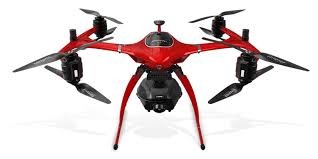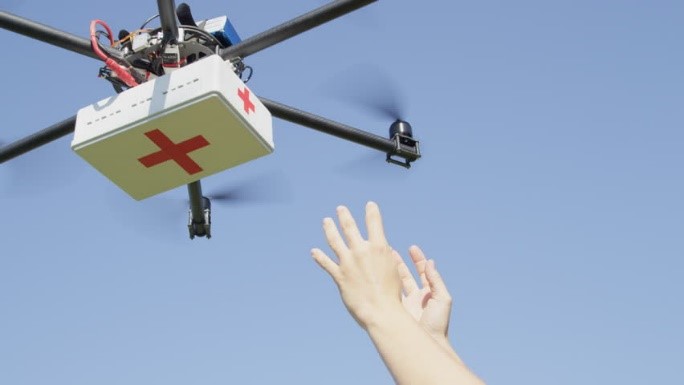Operational Drones
Aerial drones
Drones, or unmanned vehicles, are devices that can move and control remotely, that is, remotely controlled or manned. Although the most common are aerial drones, also called UAV (Unmanned Aerial Vehicle) or VARP (Remotely Piloted Aerial Vehicle) or RPA (Remotely Piloted Aircraft), as adopted by the control bodies in Brazil (ANAC and ANATEL), there are also land drones, which move over solid ground; surface drones, which move over bodies of water; and underwater drones, which move under water masses.

Payloads are equipment attached to hard points on the drone's structure that allow it to perform specific missions. They include visual spectrum cameras, long-range, night vision, thermal or infrared vision, laser scanning for mapping terrain, buildings, or obstacles, in two or three dimensions, and equipped or not with artificial intelligence for analysis, processing, and debugging of the acquired data.
In addition to cameras, there are devices for attaching and releasing airborne materials, including life rafts, first aid boxes, logistics packages, cables for attachment and retraction, etc. There are also mechanical arms with some moving and holding capability, systems for the acquisition, transmission, relaying, and jamming of electromagnetic spectrum signals, and a host of other equipment that is being developed as the payload capacity and onboard drone technology improves.

In the military field, the main use of drones is to replace manned vehicles, allowing them to perform military missions without risk to their operators. Search, tracking, reconnaissance, identification, targeting, and even limited attack missions against military targets can be performed by drones equipped with special payloads. In the police field the use is similar to the military field, performed by equipment with more limited capabilities and excluding, so far, attack missions.
Drones for industrial use usually require more robust structures and specific capabilities. This employment, which requires more specialized devices, can include internal inspections in pipelines, using tiny drones; measurement of corrosion or deformation in metal or concrete structures; inspection and chemical cleaning of facades, including blasting capabilities; measurement of toxic or explosive vapors and gases; monitoring of specific systems; temperature reading of animals, people, equipment, and structures; fleet tracking; access control of personnel with face recognition, attitudes, and suspicious or undesired behavior.
The use of drones to transport cargo and passengers is still in an experimental phase, given the current limitations of weight carried and maximum range. However, important progress has been observed and it is estimated that within five years, drones will absorb an important part of the transport and delivery of limited weight cargo over short and medium distances.
It is important to emphasize that QUARTZO Defense Engineering has available in its portfolio some of the best professional drones for use in agriculture and for mapping areas, plantations and livestock movement.
Unwanted drones in certain airspaces can cause havoc and serious security concerns.
Interfering with air traffic, supporting theft and smuggling over elevations, improperly observing people or secret facilities, and even conducting attack missions can pose serious threats to public or national security. For this reason, point or area defense systems, fixed or portable, against the approach of unwanted drones have been the subject of extensive research and development, and it is crucial that some public and private organizations have this type of equipment to protect their facilities.
QUARTZO Defense Engineering has a wide portfolio that contains some of the best professional and recreational drones, modern and with high performance, capable of meeting the most diverse operational needs of our customers. We also have fixed and mobile systems, for point or area defense against drones.
Because we work with some of the best international manufacturers and have a diversified portfolio of both devices, with differentiated characteristics in terms of range, speed, payload capacity and on-board resources, and payloads, incorporating the most modern technologies in terms of optronics and robotics, we are able to meet the needs of our customers without them having to change or reduce the operational requirements established for their projects. Quite the contrary, we have the perfect equipment to meet your operational needs.
